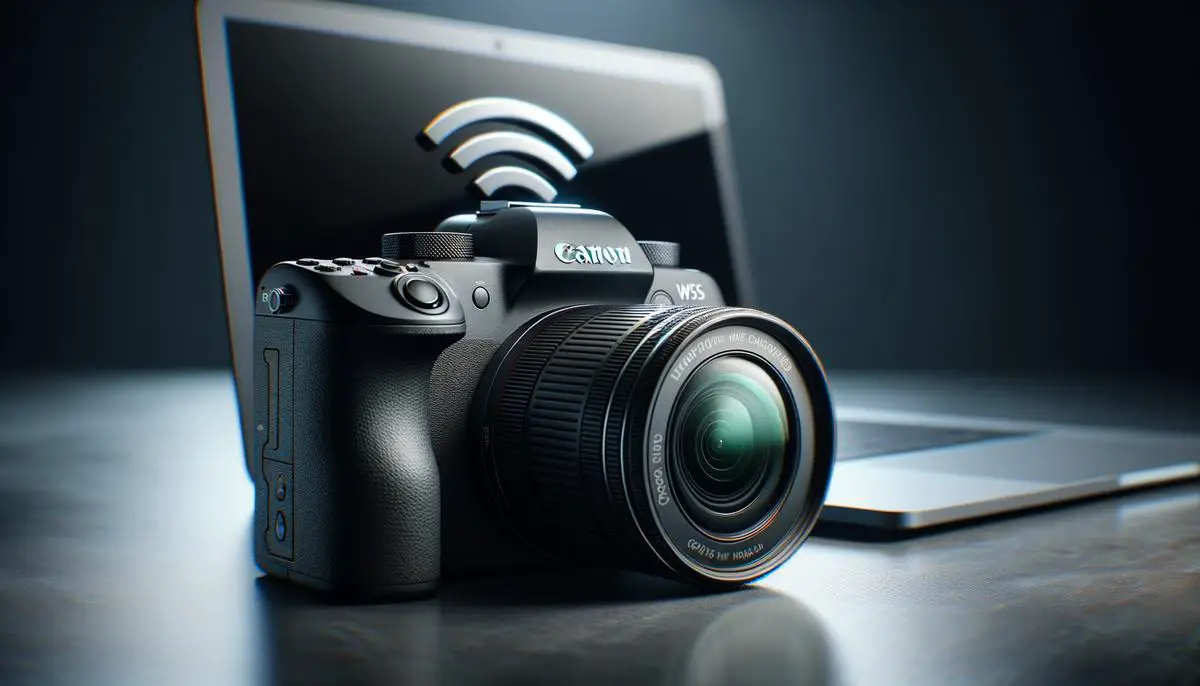In this lesson we’re going to learn about 3 Easy Ways To Make Exposure Adjustment Faster in Lightroom CC.
So I’ve bought it open this long exposure night shot which I think will be a fun creative one to play around within most editing applications.
There will be multiple ways to adjust the exposure of an image sometimes with sliders sometimes with a curved tool sometimes with what’s called levels with Lightroom.
The easiest way is under these basic adjustments with this group of adjustments for tone.
You’ve got exposure contrast and then you have these other sliders down here which adjust individual parts of an image. So let’s go through them so I can show you what’s actually happening.
Exposure now you know or as you should know if you take in this class is the overall brightness of your image.
So by dragging to the right you’re going to make all areas of the image brighter dragging to the left will make all images darker.
So everything from the dark to the highlights.
And I love Lightroom because there’s this great histogram at the top that you can see.
Remember when we learned about histograms on the left you have the blacks going into the shadows into the mids over on the right you have your highlights and then pure whites so your blacks are your peer dark your whites or your pure whites.
And those are overexposure in underexposure and sometimes it’s OK if you have some of that. Here we have a little bit of complete white overexposure.
That’s where the the headlights of this light where so if we adjust the entire exposure everything moves to the left or to the right double clicking to get reset that I’m going to skip contrast for now with Highlight shadows whites and blacks so we can adjust individual parts of our image.
So if we just want to adjust the highlights so this area up here we can use this slider to bring down.
And you can see in our image that it’s bringing down and bringing back some of the information of the road down below our light streak if we want to adjust the shadow maybe bring up some of the shadows.
So that we get more information in these trees and we can bring that up.
Blacks are the darker parts even darker than the shadows and whites are the pure whites brighter than the highlights and that might be some of these stars and you can bring those up or bring those down contrast is something we’ve probably covered in this cause before.
But basically what that is is the ratio between the darks and the brides. So a very contrast image will have very dark dark and very bright bright.
if I increase the contrast slider you can see and look at the histogram is a good option.
You can see that the darks in the darks kind of spread out whereas if we drag this to the left everything comes into the middle becoming less contrast.
Everything is more along with the mid-range of exposure. So that’s what contrast is and generally when you’re editing raw photos that come in sort of flat and not contrast.
You want to add contrast.
We’ve already done that though a little bit by building bringing down the blacks and bringing up the whites we added contrasts if we want to make it even crazier.
We could actually bring down the shadows and bring up the highlights. This is super duper extremely crazy contrast.
And you can see here in the histogram it’s all blacks and all whites basically So let’s go back to resetting everything. And with this image what would, we actually want to do.
Well I think basically what we did we want to bring down the highlights so we get more of that information down under the street.
I don’t necessarily need to bring up the shadows I might actually bring down the shot as a little bit make the sky a little bit more punchy.
The blacks I might bring down a little bit as well. The whites might bring down a little bit as well so I’m actually bring everything down quite a bit when
I do that maybe I’ll bring up the shadows just a little bit.
So that’s looking like a better exposure for the style I’m going for this.
Well, let me bring in this photo right here which was one of three examples not the great his portrait in terms of composition because we got this big bright background that’s super distracting.
This line going through Will’s head. It’s not that good of a composition or framing but with editing, we can fix some of these things make it a little less intense.
So this is a highlight up here.
So what would we adjust either the highlights or the whites.
You’ve got to sort of play around some of it might be the highlights.
And if I drag this to the left you can see I get some of that information back.
Now let’s try the whites.
Yeah dragging the whites all the way down does help you get some of that brown of the ground and it’s
not completely pure white.
Now our histogram is relatively better a big hill in the middle rather than having things over on the
right hand side.
So that’s pretty good.
And you can see that watch the histogram watch in the top right as I drag this to the right side of
the triangle on the top right.
Go from yellow to red and white when it says red it’s like morning you like hey you’re about to get
too overexposed part of your image if it’s in the White It just means that there’s a lot that’s already
overexposed.
So generally you don’t necessarily want it hitting the white.
Maybe part of the read but for this image we want that part to be exposed a little bit more properly
and so that’s why I would bring down the whites there.
So that’s how you adjust the exposure in Lightroom.
Classic s.c.
We’re going to continue with the next lessons on some of the other adjustments like color and saturation
at the end of this section or after the saving saving and export lesson we’re going to walk through
some complete edits and I’ll show you more of what I would actually do while I edit an entire photo
which might be good.
These lessons are more for you to just learn.
Here’s how you do it.
And then later on we’ll put it into practice in one whole demonstration.




Leave a Reply